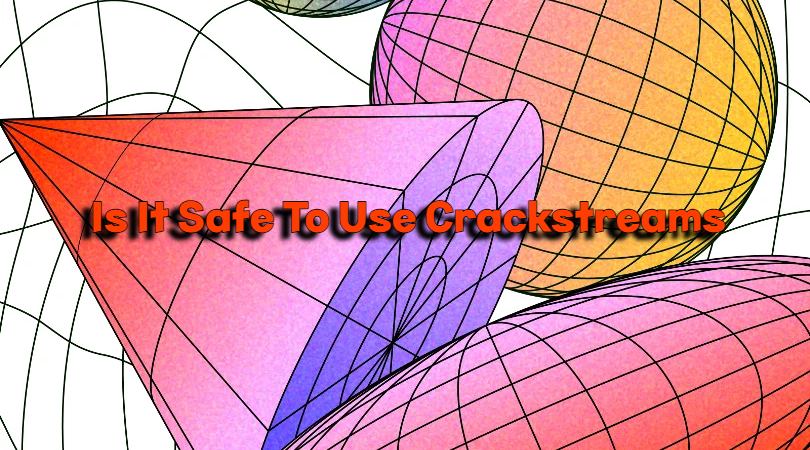Crack Streams provides users with access to free live streaming of local and worldwide sporting events and a community of like-minded sports fans. There’s always something to watch on the site, thanks to the constant flow of live events from various sports, including MMA, soccer, football, basketball, baseball, and more.
This website should be a no-place with a simplified layout designed to be easy to use and straightforward to maneuver so you can start live straight away as long as you have a high-speed, stable internet connection and a web browser installed on your smart device or computer.
Sports-related categories are carefully organized at the homepage’s top and bottom, making it simple to locate the many free content links.
Is It Safe To Use Crackstreams?
Even though the main CrackStreams website has been taken down, hundreds of mirrors can still be accessed, each of which is frequented by millions of people. I logged into VirusTotal, intending to scan one of the more well-known mirrors of this. The scan results are shown in the snapshot that can be seen here.
VirusTotal discovered one harmful file inside the URL, which seems to be related to viruses or malware. Constantly reminding people of the need to use antivirus software and a virtual private network (VPN) while visiting untrusted websites is one of our primary focuses.
How To Watch Free Live Sports On Any Device With Crack Streams:
It is a free service that allows users to watch live games and other programmes online. This section will discuss it and show you how to watch live sports on any device. It has given rise to several imitations, the most prominent of which is MethStreams.
Alternatives To Crack Streams In 2023:
Laola1.
Laola1 could begin streaming content online since it had access to a high-speed internet connection and the appropriate hardware. On the internet, users may access several different CrackStreams proxy sites. Laola1 is a good choice if you want to watch live sports for free and seek an alternative to CrackStreams. It is an Australian sport-flowing service that is essentially a clone of it.
DAZN.
Boxing is an extremely physically demanding sport to participate in. The path to mastery is arduous and requires a significant investment of time. Boxing is a sport that is widely discussed in a lot of different regions all over the world. It is only one of several websites that can be accessed over the internet. DAZN is much better than any other streaming service currently available when it comes to viewing boxing events online. Users get access to its Proxy Site which specializes in the live flowing of boxing matches for a nominal subscription cost.
The Red Bull TV.
Red Bull has a television network called “Red Bull TV.” Only a select few websites provide access to extreme sports. There are several unblocked Crack Stream sites where users may watch live games. Red Bull TV stands out among the CrackStreams options. You won’t find a better platform for placing wagers on sporting events than this one.
Hulu.
Hulu is an OTT service that enables users to stream their favorite television episodes and movies from anywhere in the world. It’s possible to find numerous mirror sites online, each with different files for download. Because of its extensive library, Hulu is our top pick for it. There are Hulu Originals for kids and other original series and movies for all ages.
ESPN Sports.
The several CrackStreams Unblocked sites are common knowledge among all of us here. Accessing live sports events is much easier with a Proxy since it simplifies the procedure. ESPN is unrivaled in terms of the breadth and depth of its coverage of games. It is common knowledge that ESPN Sports is one of the Crack Stream Mirror channels with the highest average number of viewers.
Conclusion:
Even though CrackStreams is a dubious website, you may utilize it to watch all your favorite games free of charge. In addition, the website provides game feeds as well as other information that contributes to a sense of community. If you are interested in potentially illegal streams, there isn’t much to complain about on a straightforward website with the claimed material. Before you use them, be sure to keep in mind any possible risks.
Visit for more best articles








